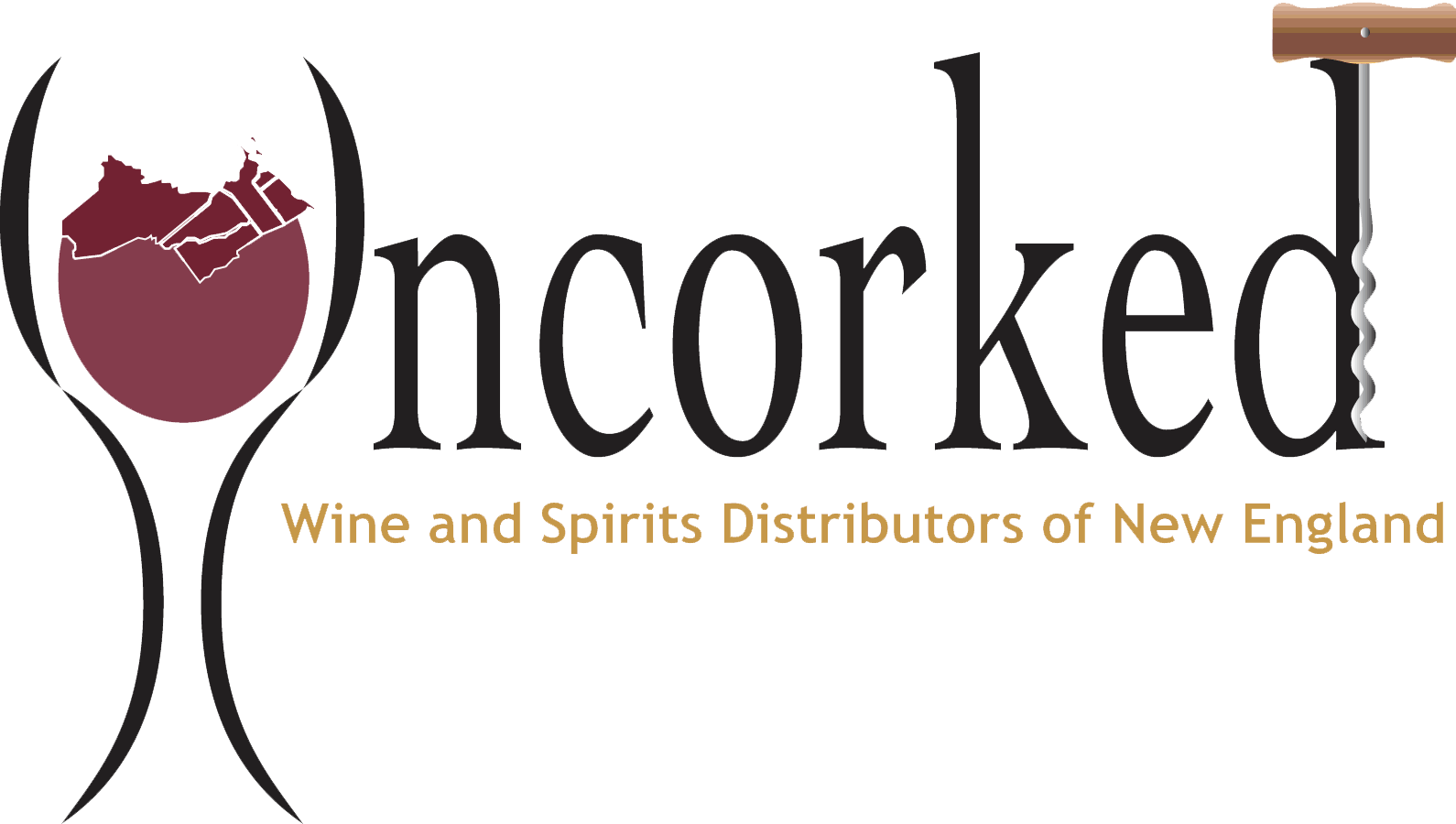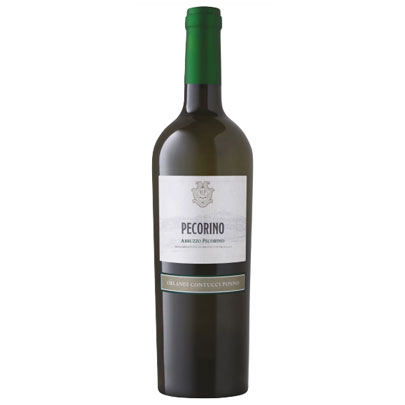Description
TYPOLOGY: Abruzzo Pecorino D.O.C.
WINE VARIETY: White – average annual output 4,500 bottles
GRAPES: 100% Pecorino
GENERAL DESCRIPTION: Although there are references to this wine in texts dating back to the 19th century, its origin remains controversial, as it rarefied following the phyllossera epidemic and was later replaced by higher-yield and therefore more profitable wine varieties. This grape variety did well in the foothills, preferring a cool but mild climate, and was most common in the land around Ascoli. The local name “Pecurì” (sheep) is due to the fact that sheep, on their way from the mountain meadows back to the villages, were keen on these grapes, whose vines were often wound around the trunks of the mulberry trees delimiting the fields. Our product currently comes from a vineyard near Chieti, as we await the imminent production from the new vineyards just planted.
PRODUCTION AND GROWING: Undulating vineyard cultivated on alluvial and rocky soil – Montepagano Hills (TE) – East-west-exposure
CORDON-TRAINED VINEYARDS: 5,000 plants/ha
VINEYARD YIELD: this grape variety has a standardized yield: 75 q/ha
HARVEST PERIOD: September
VINIFICATION: Harvested by hand in cycled intervals – Static racking off and then fermentation at controlled temperatures – Bottling in March after winter ageing in stainless steel tanks, listing on its yeast
SENSORY PROFILE APPEARANCE: Full yellow cold with greeny straws
BOUQUET: Traces of fresh spices and rennet apples; palate-persistent
PALATE: Fresh taste with a good balance between acidity and structure
ALCOHOL CONTENT: 13% – 13.5% vol
BOTTLE: 750 ml – Bordeaux bottle
SERVING SUGGESTIONS: Fresh wine for the whole meal; recommended for blue cheeses and Canestrato cheese, au gratin dishes and white meat.
Download the tech sheet here.





